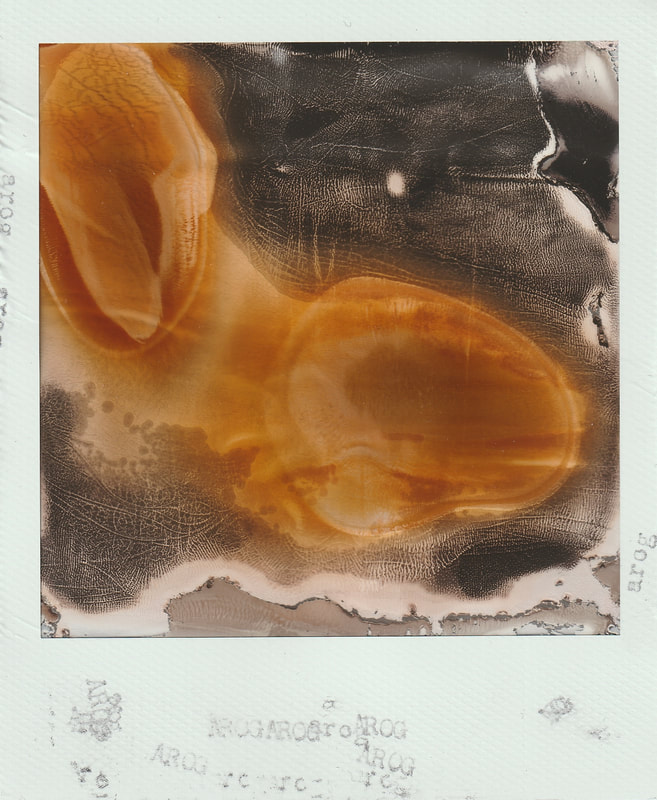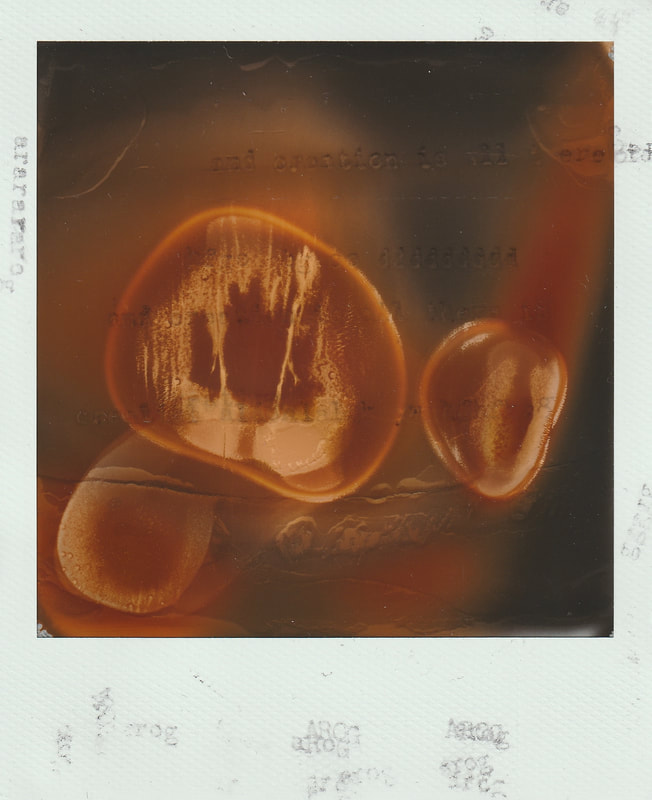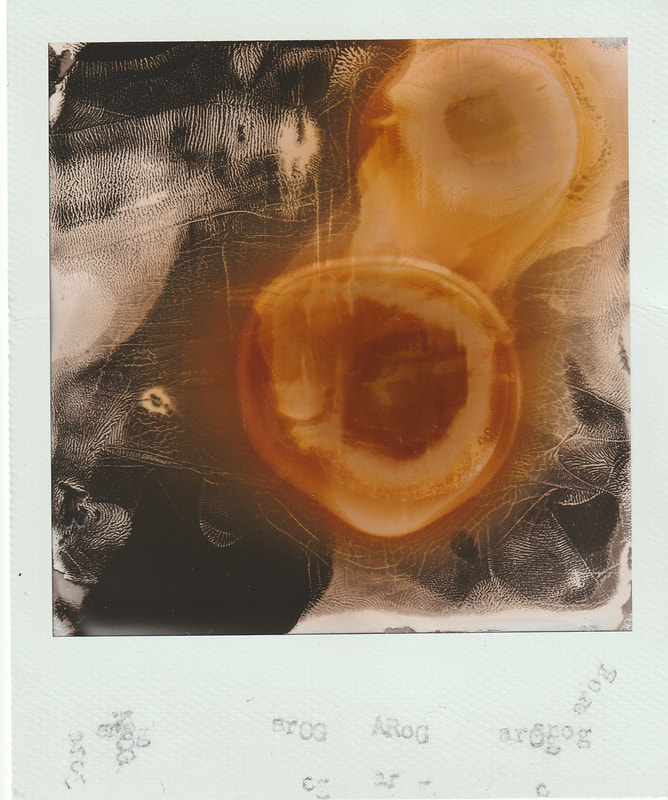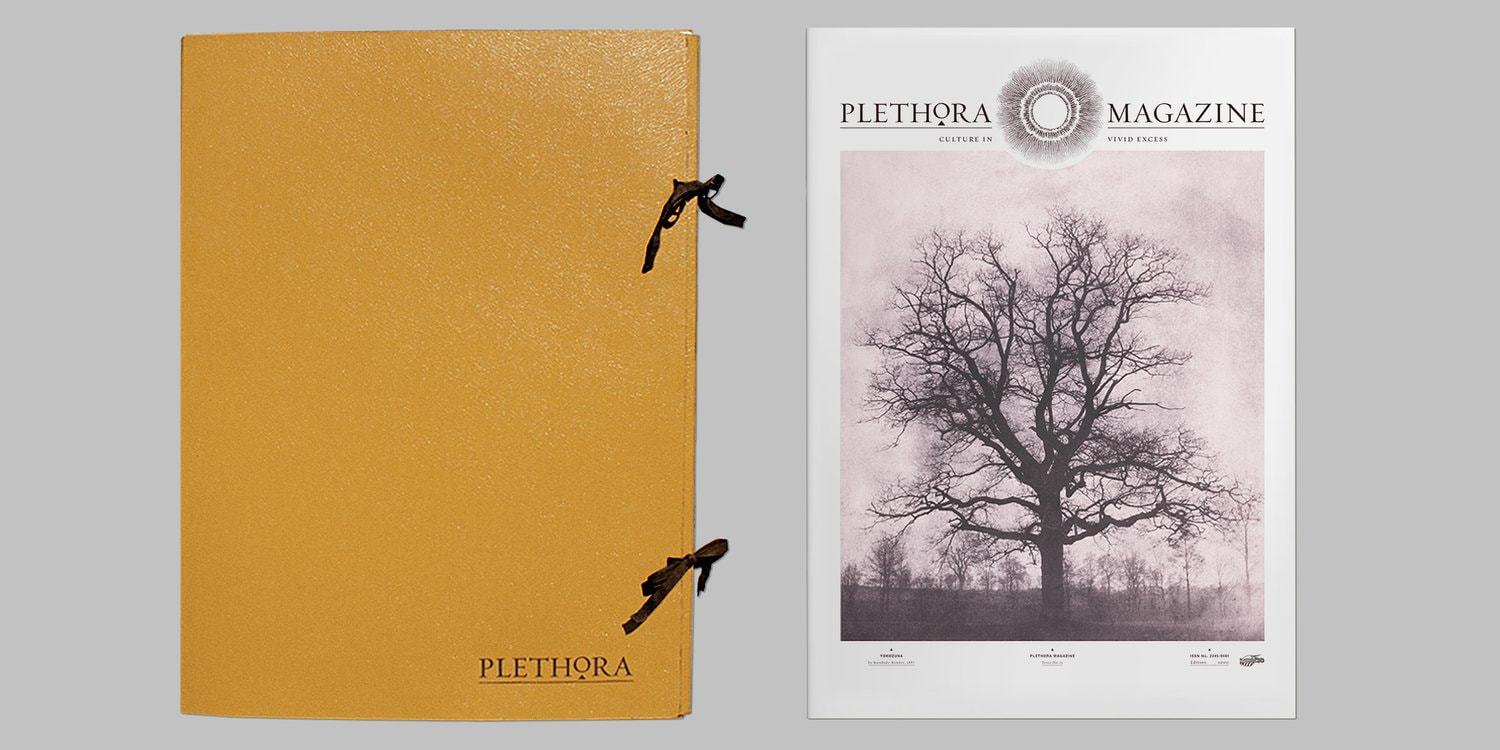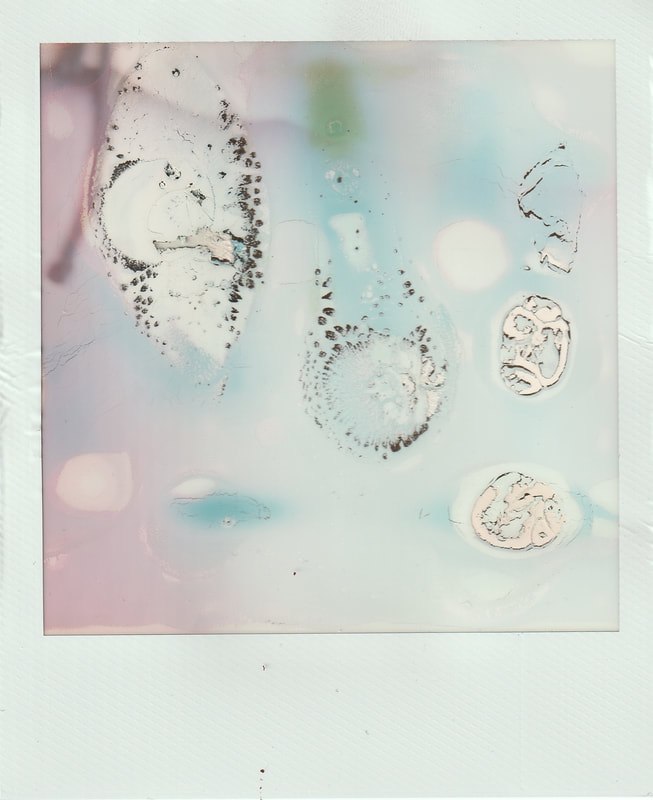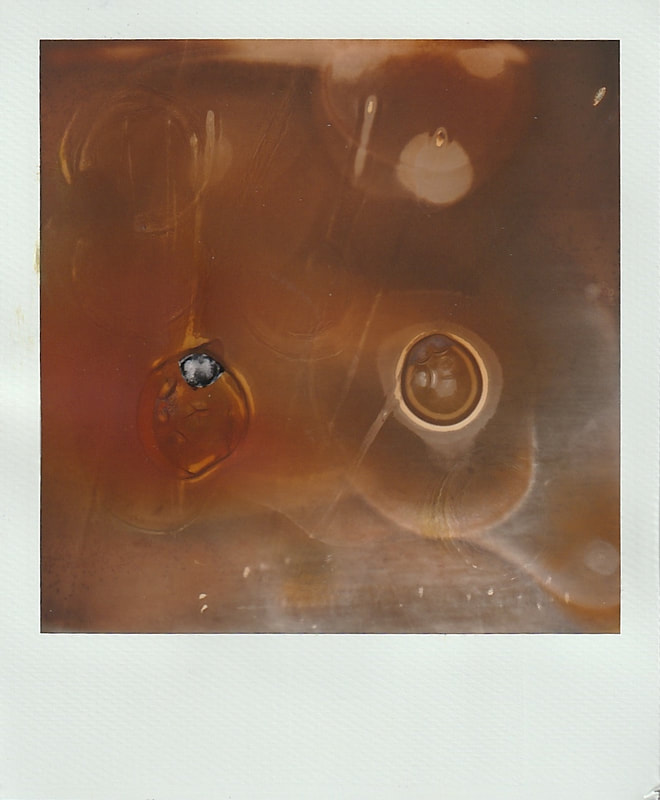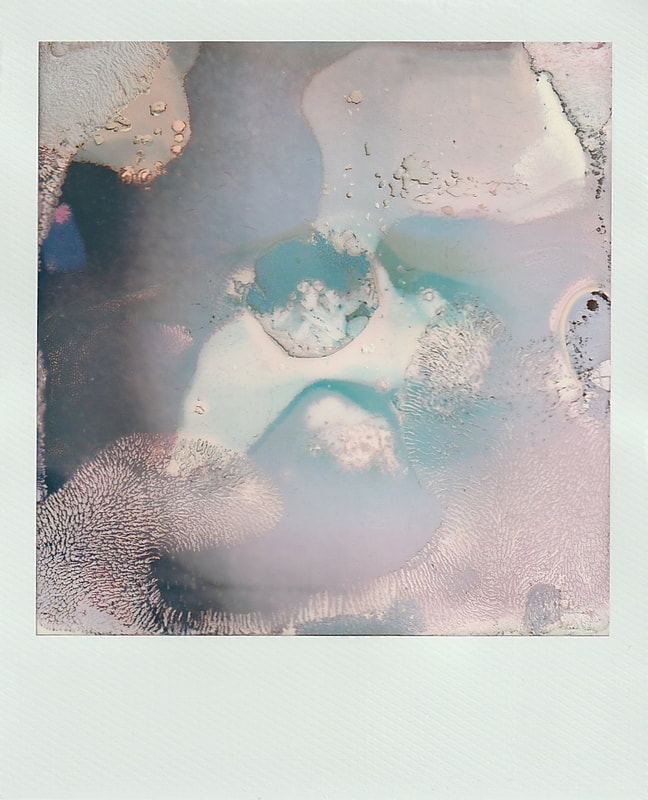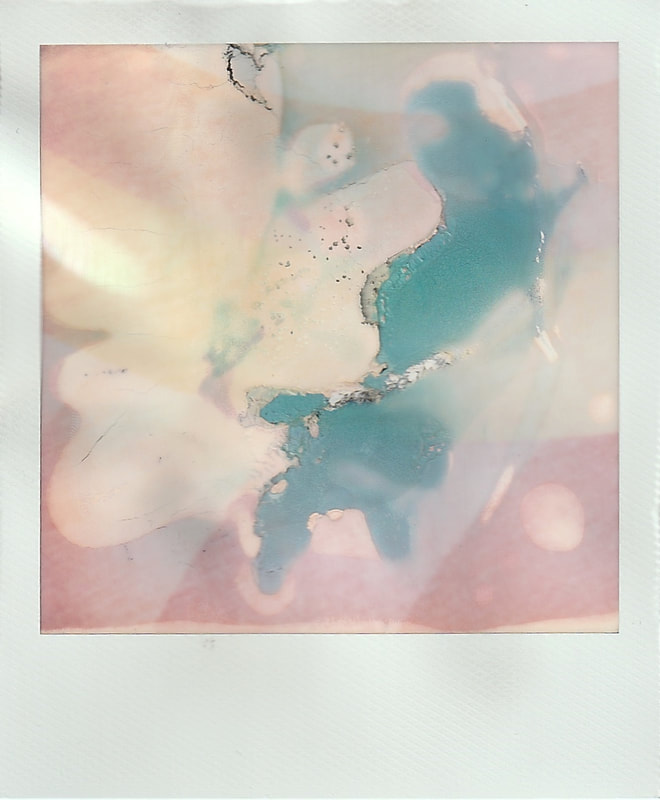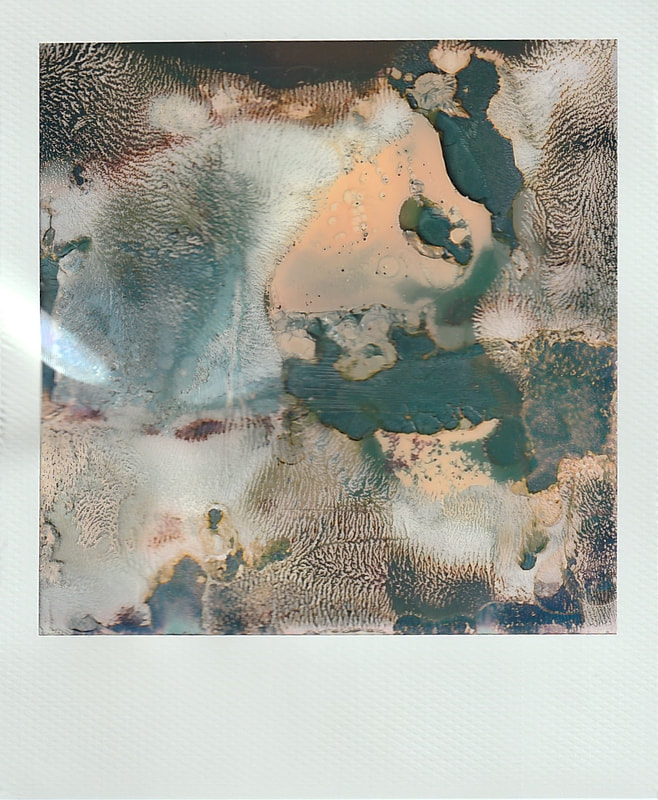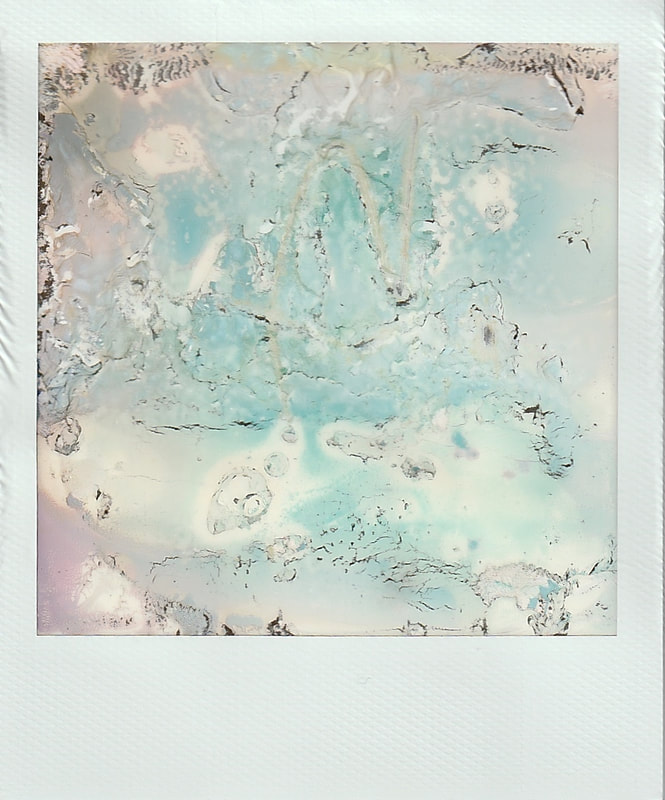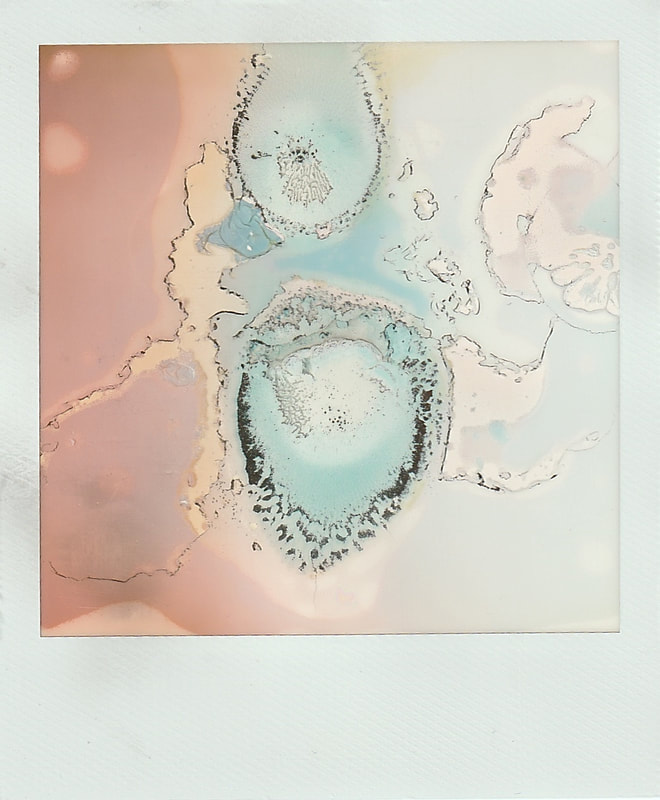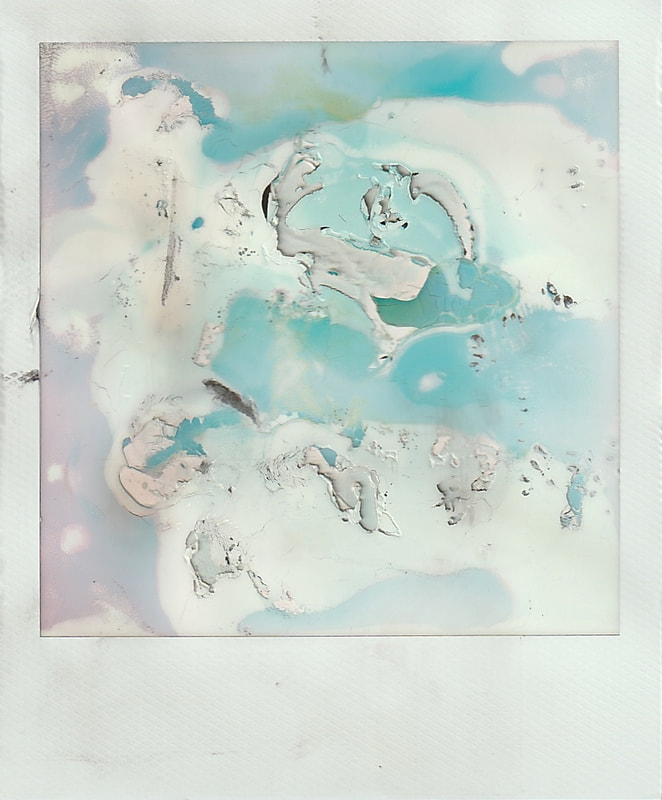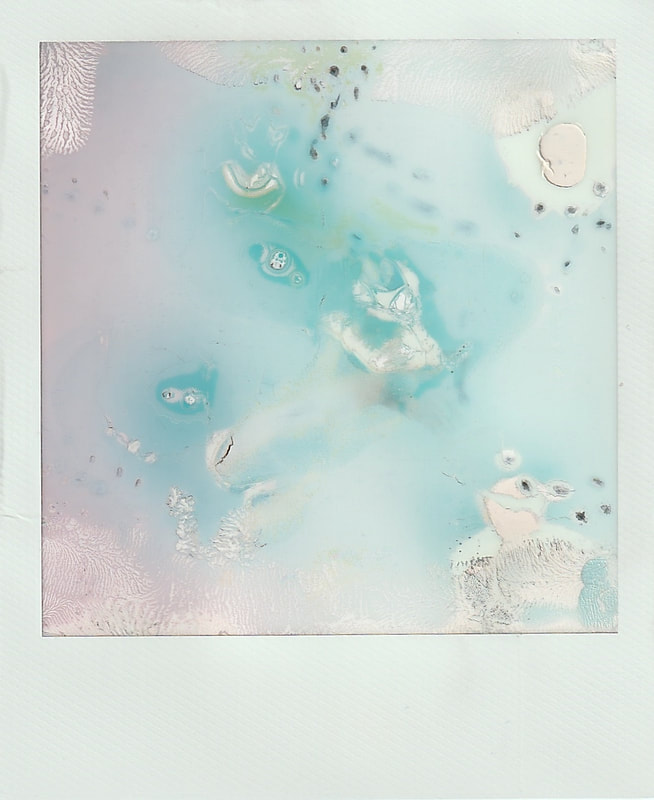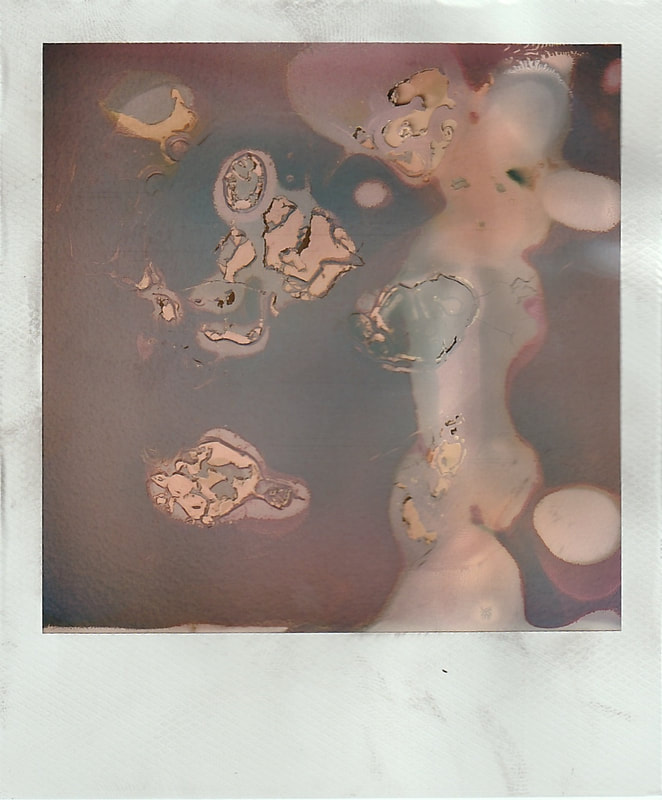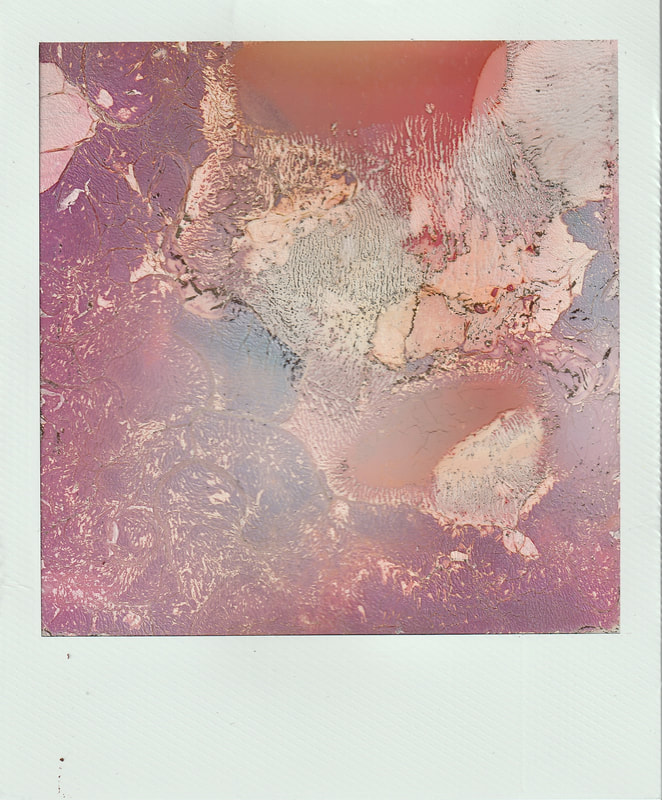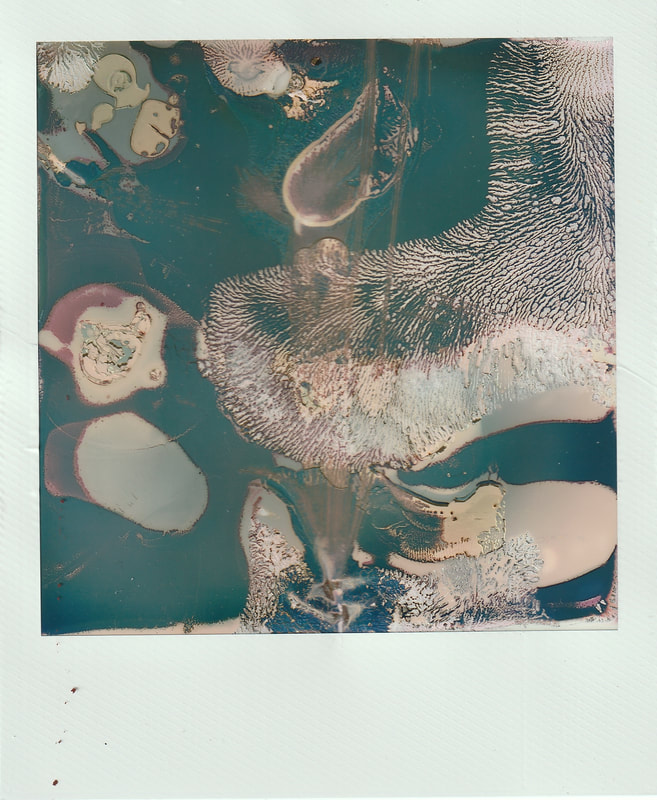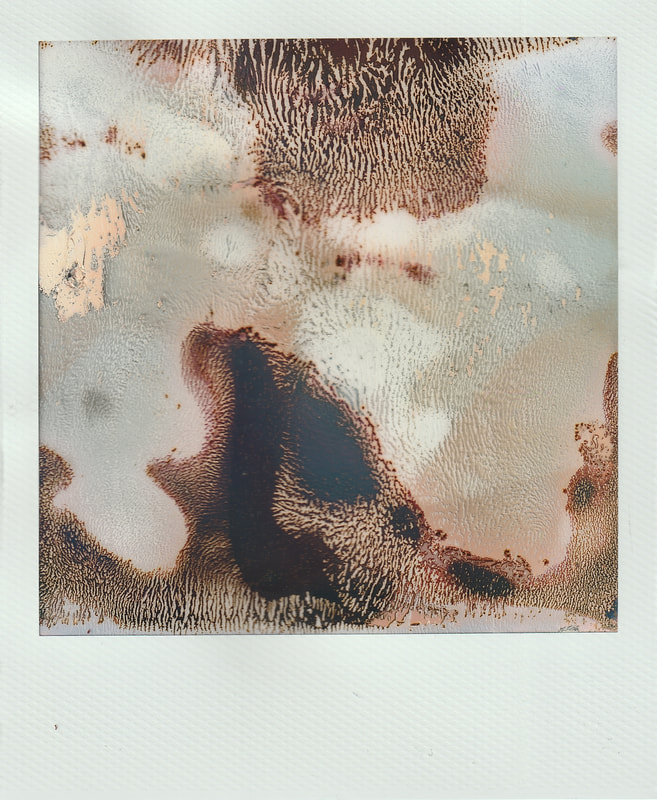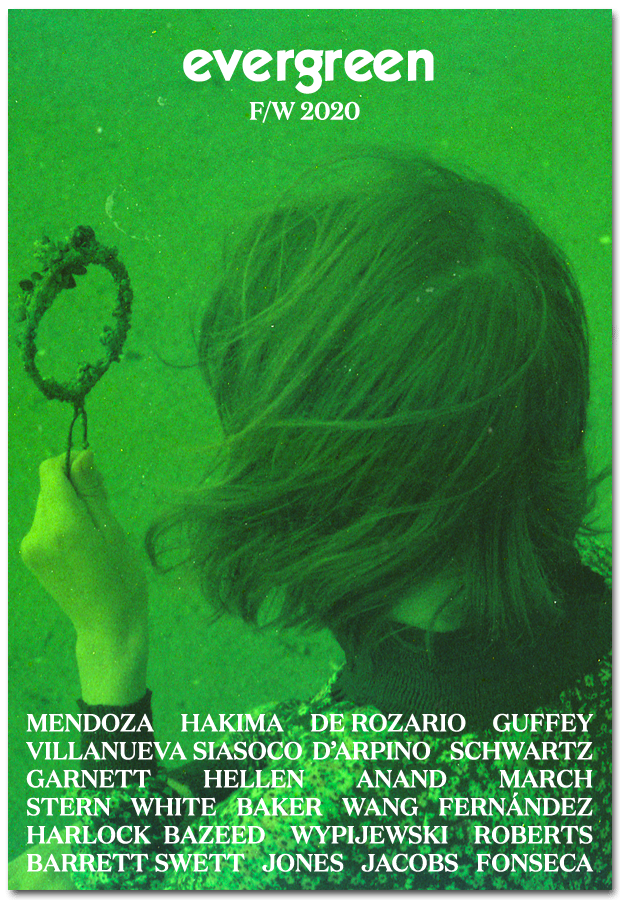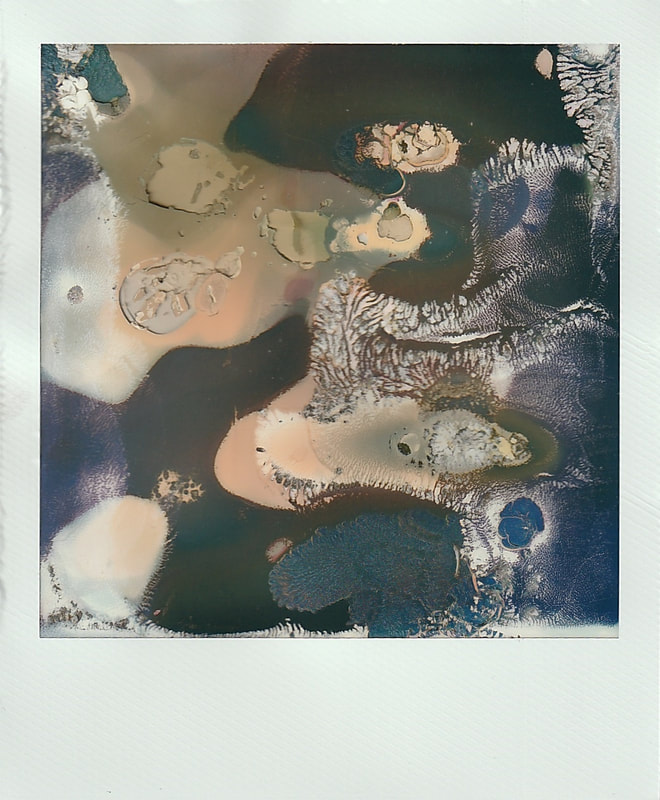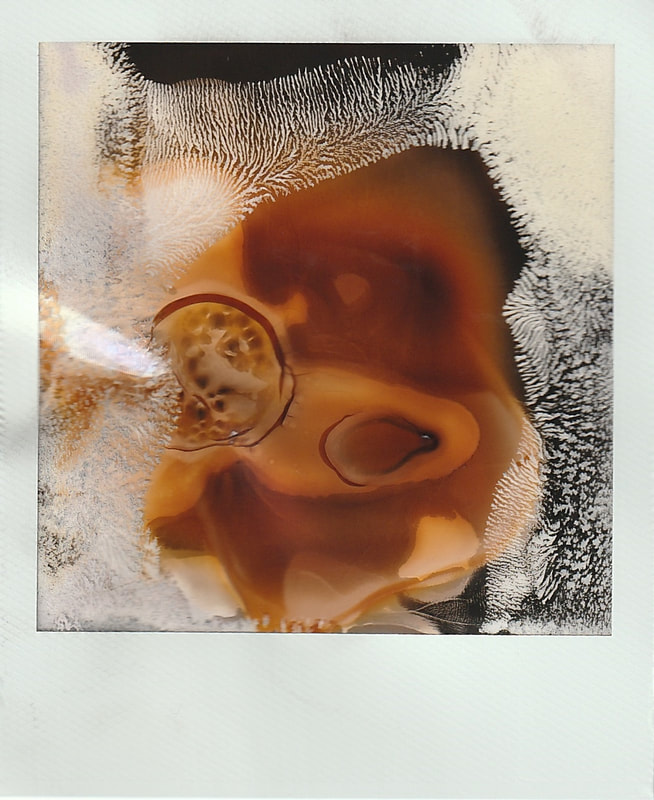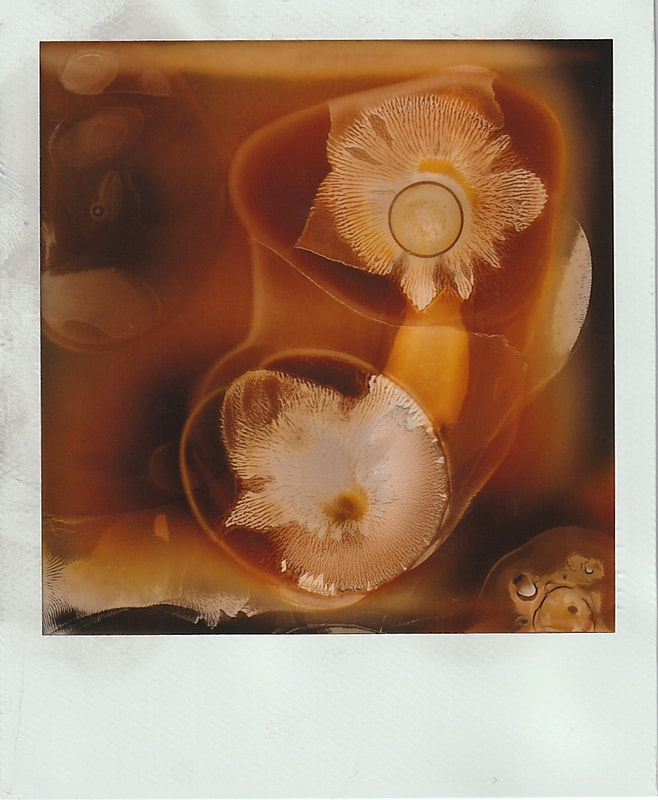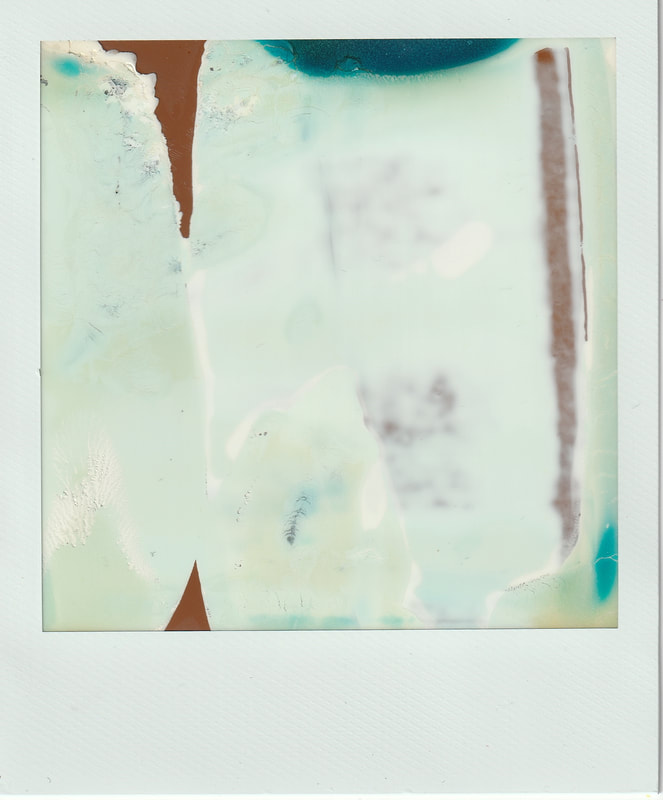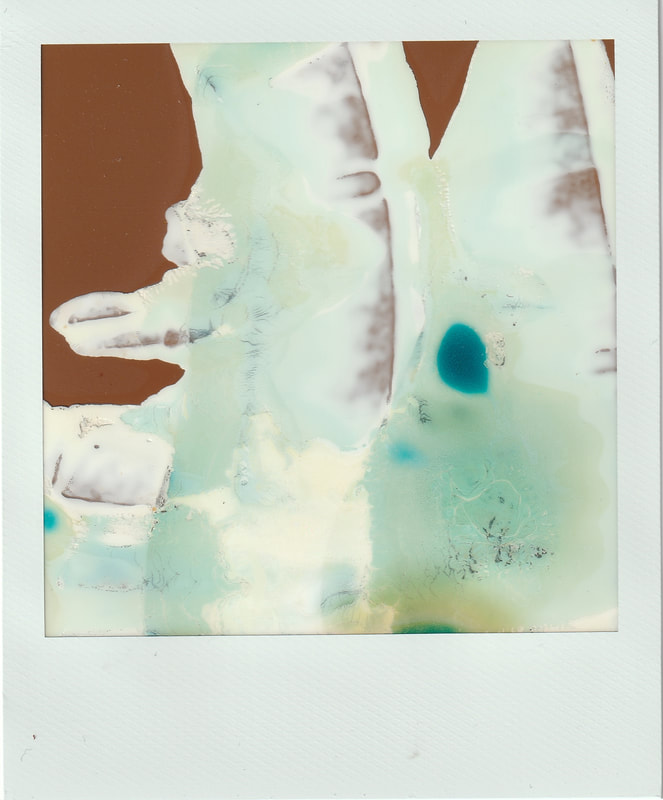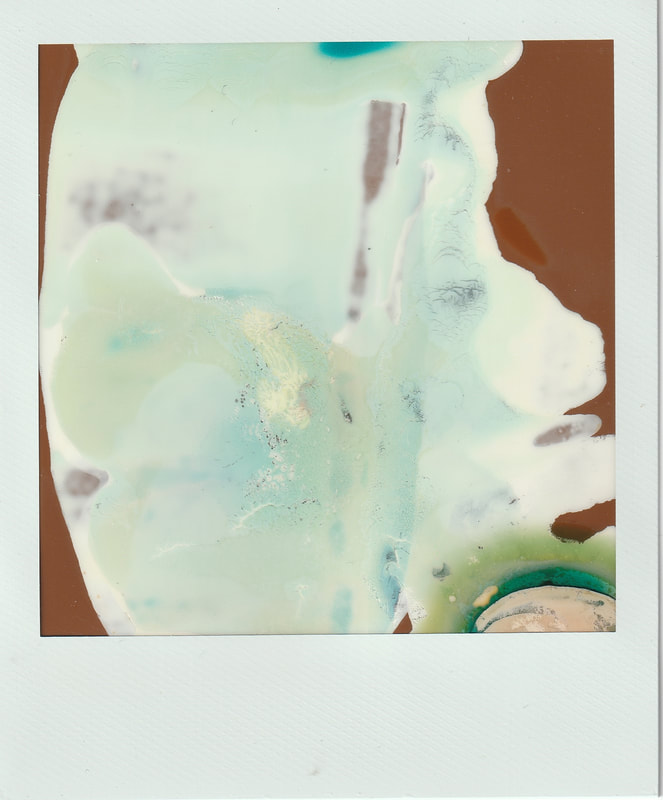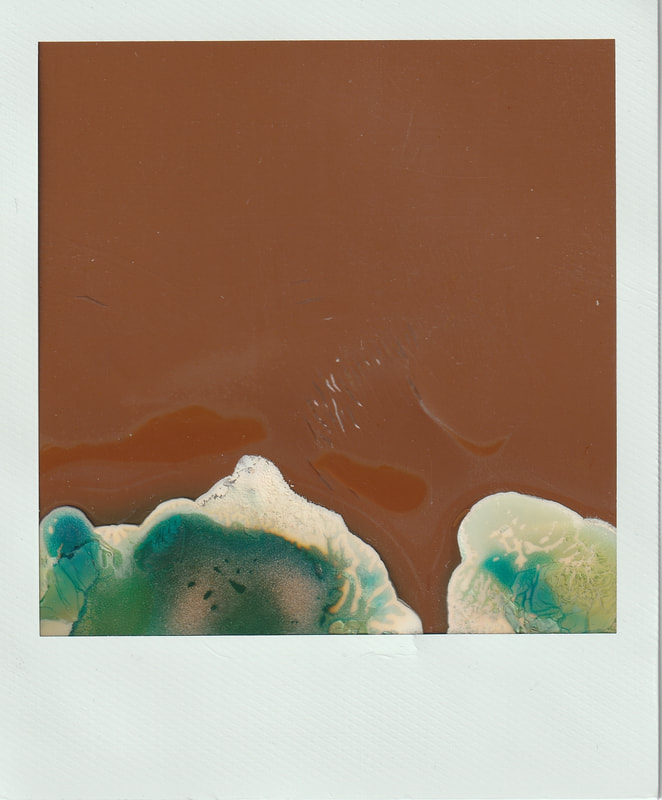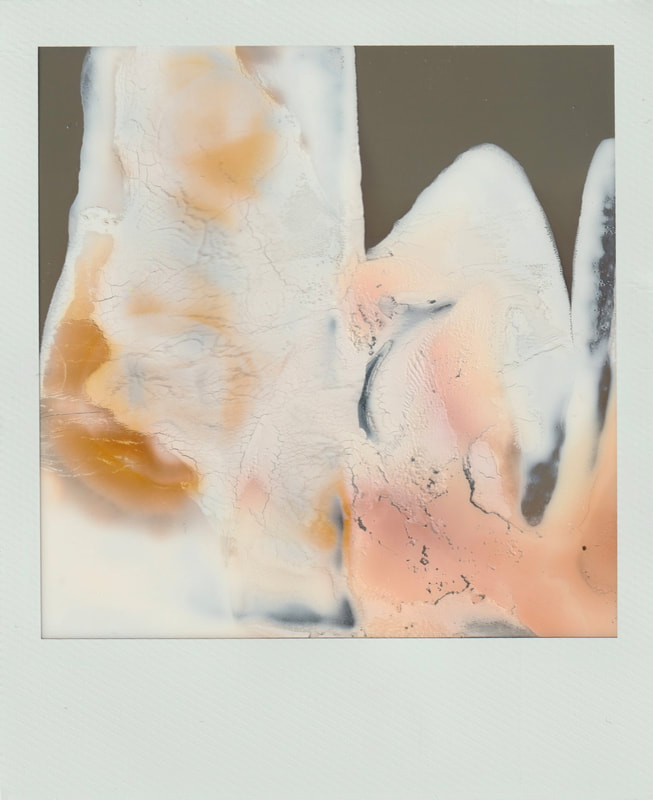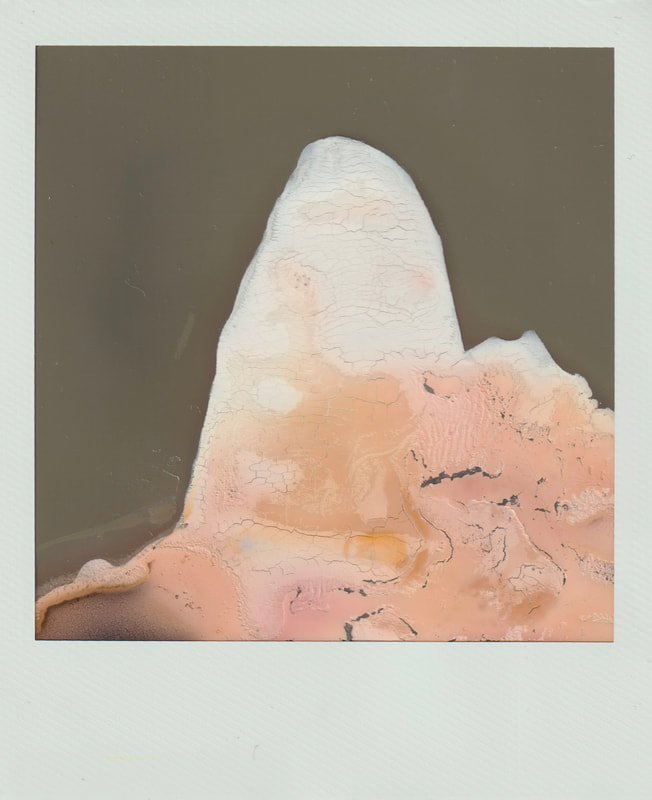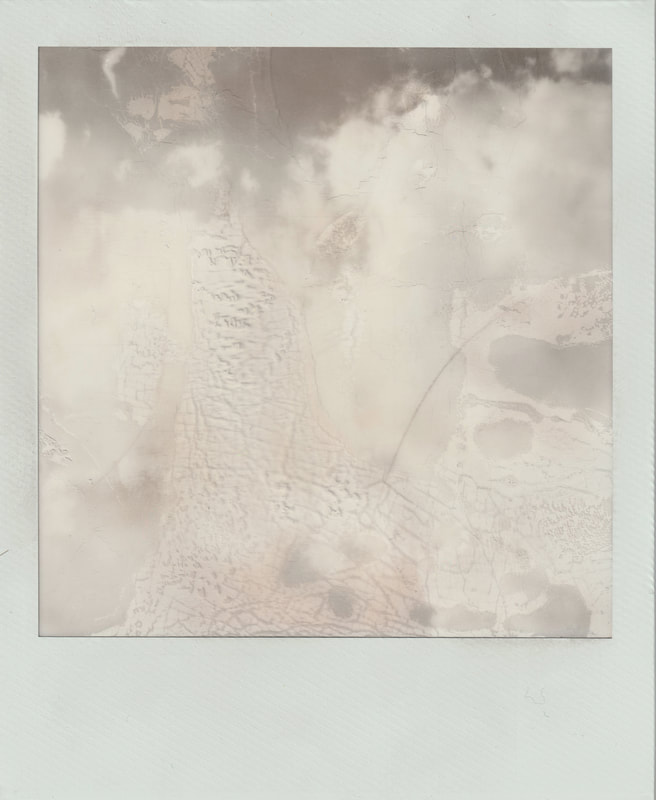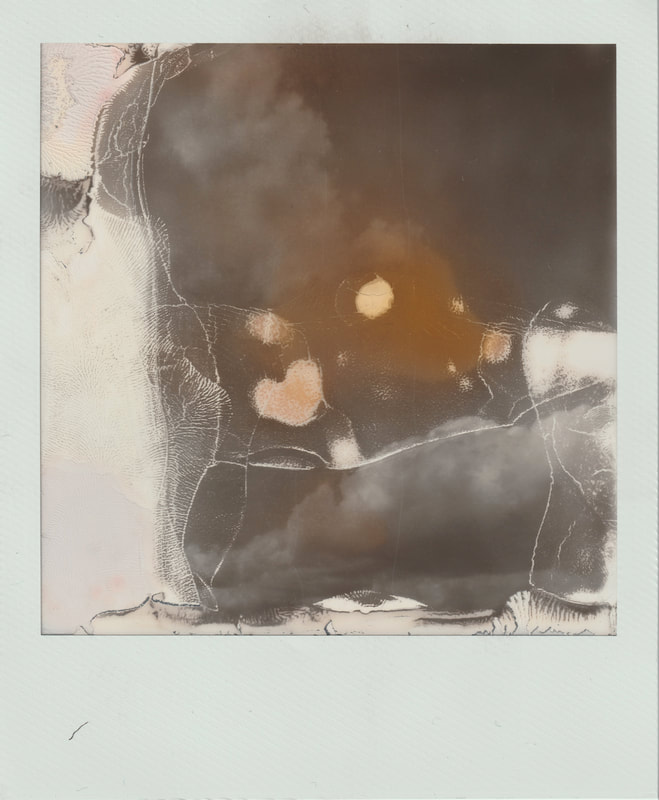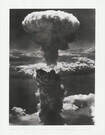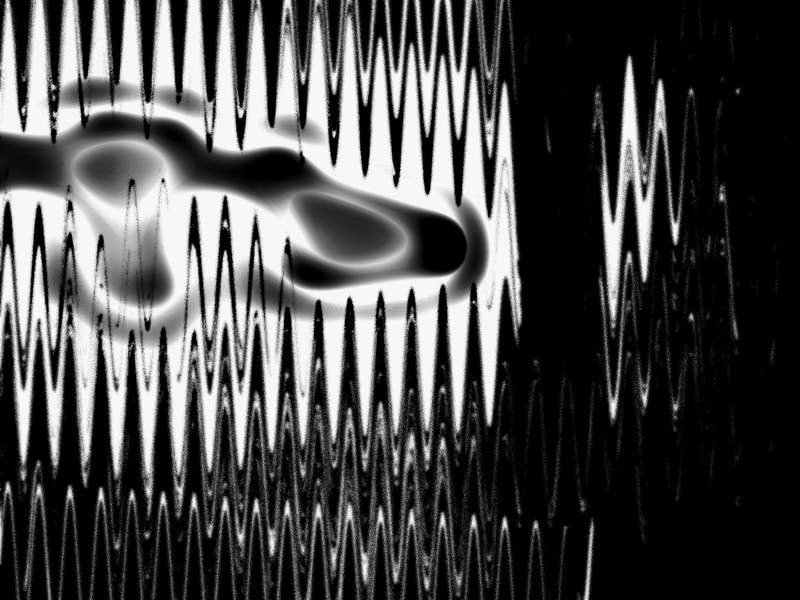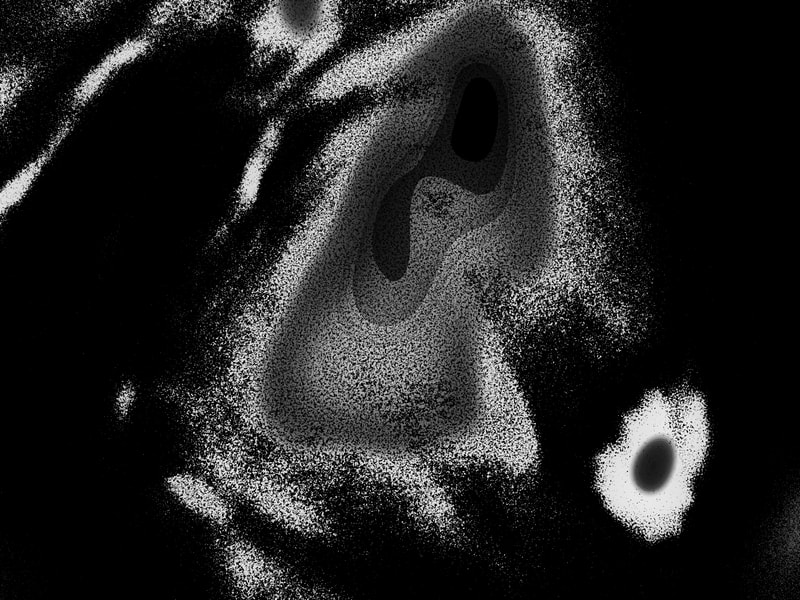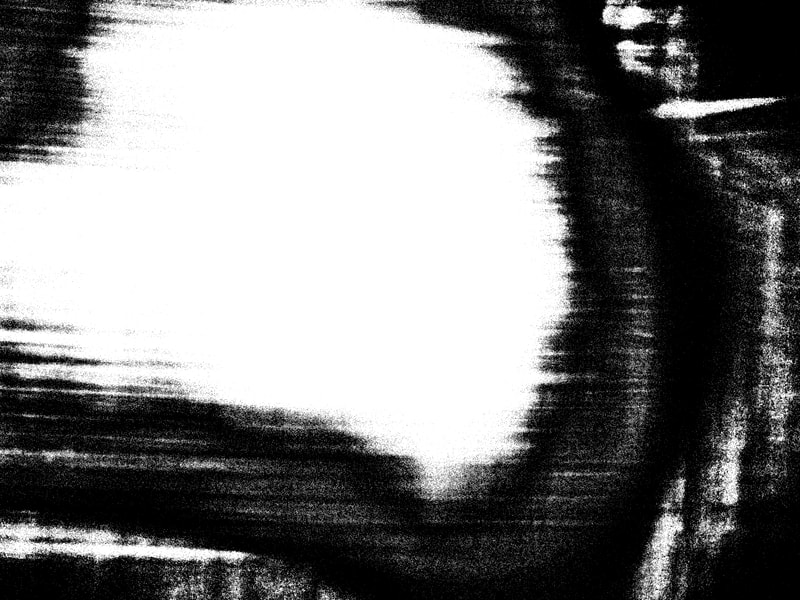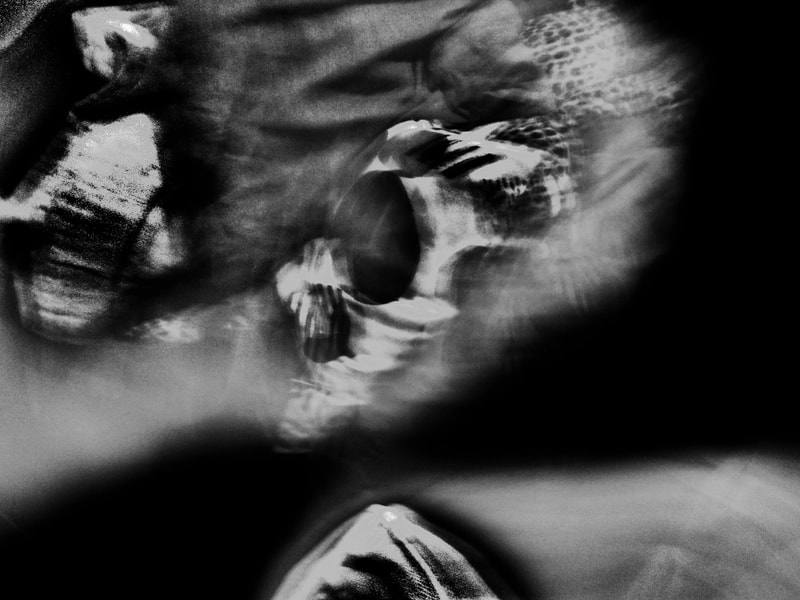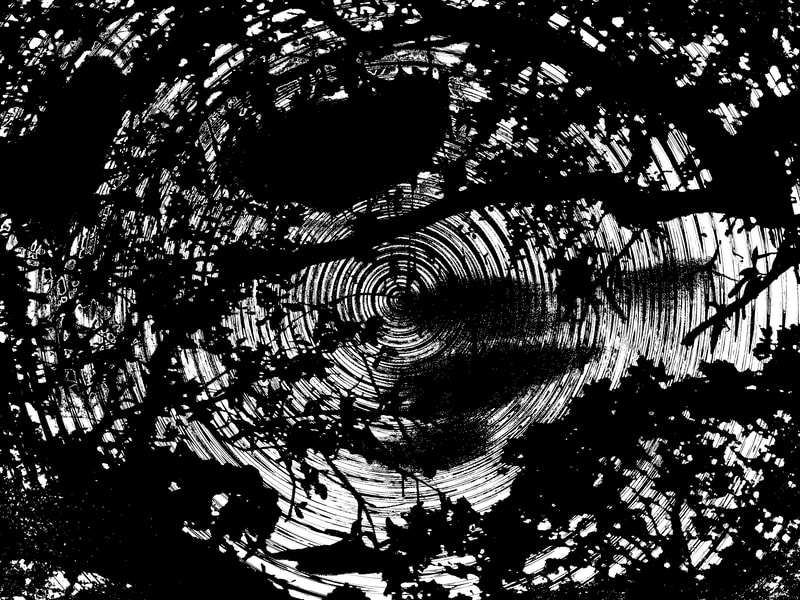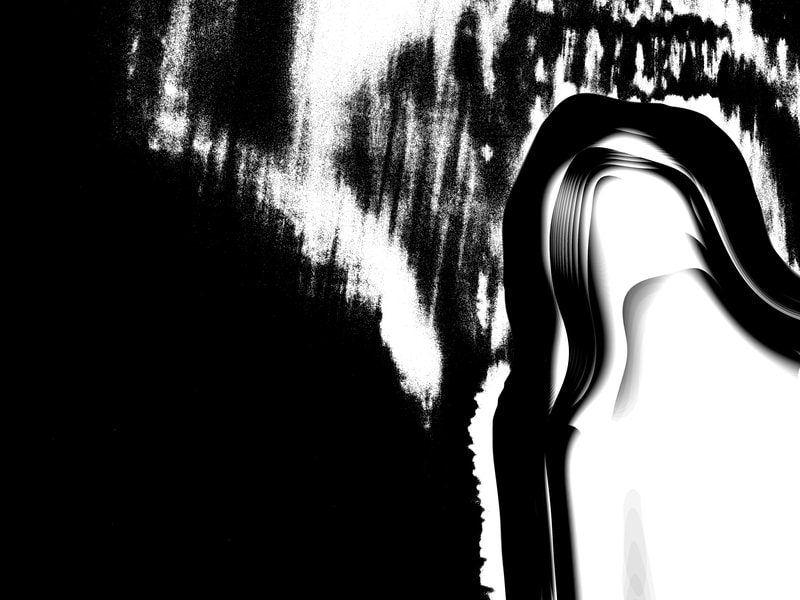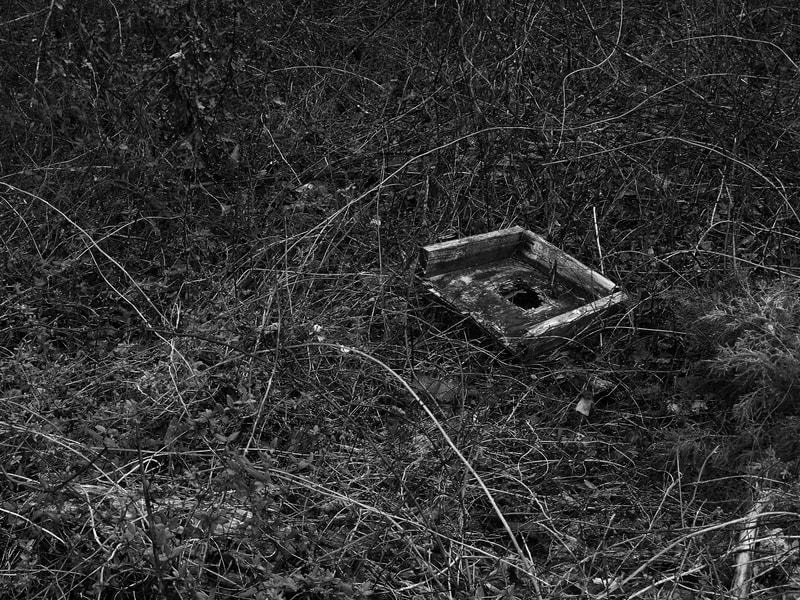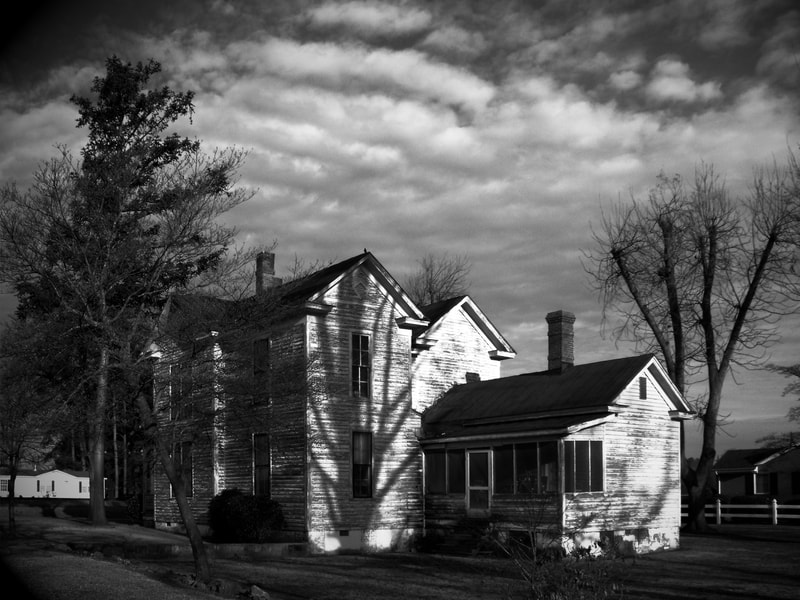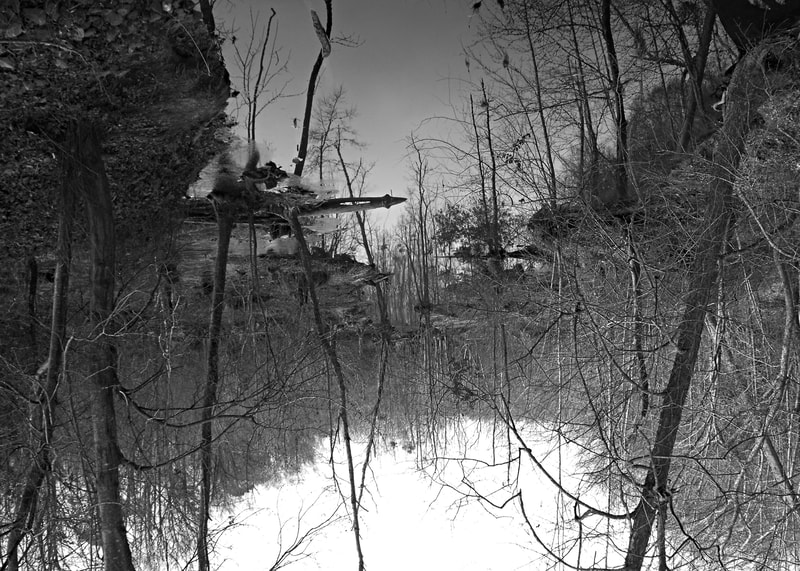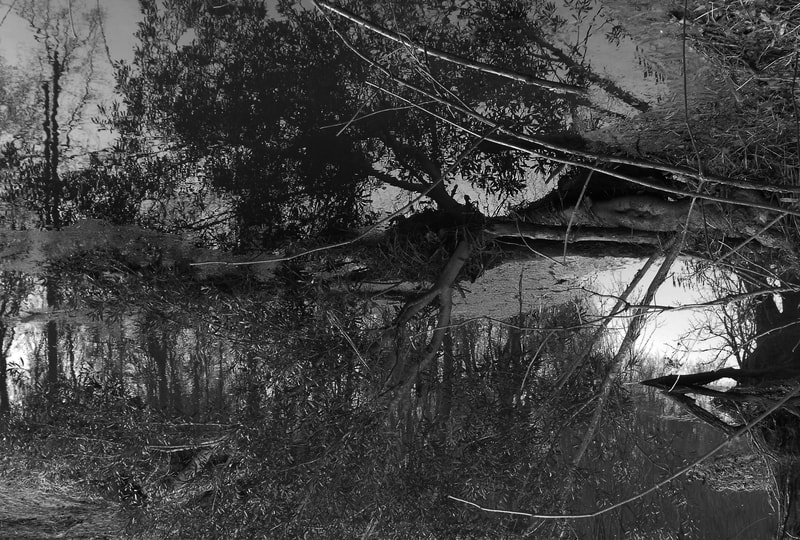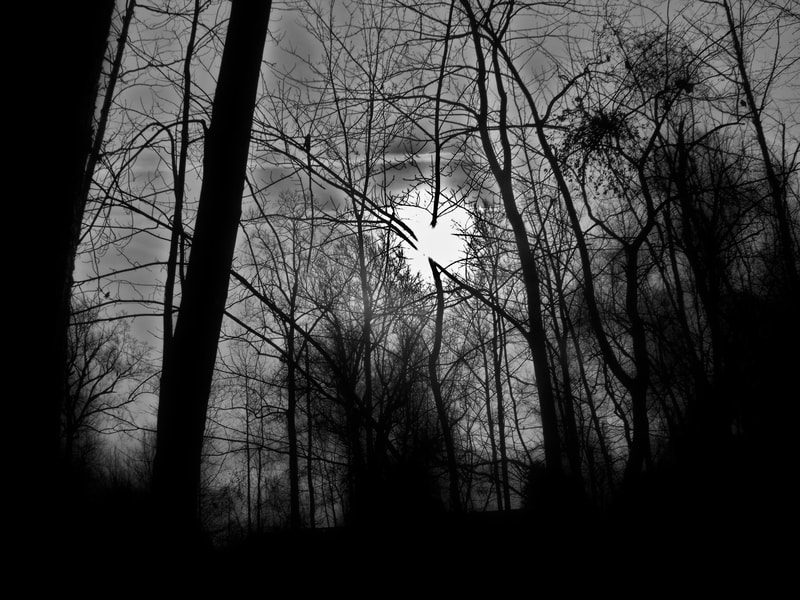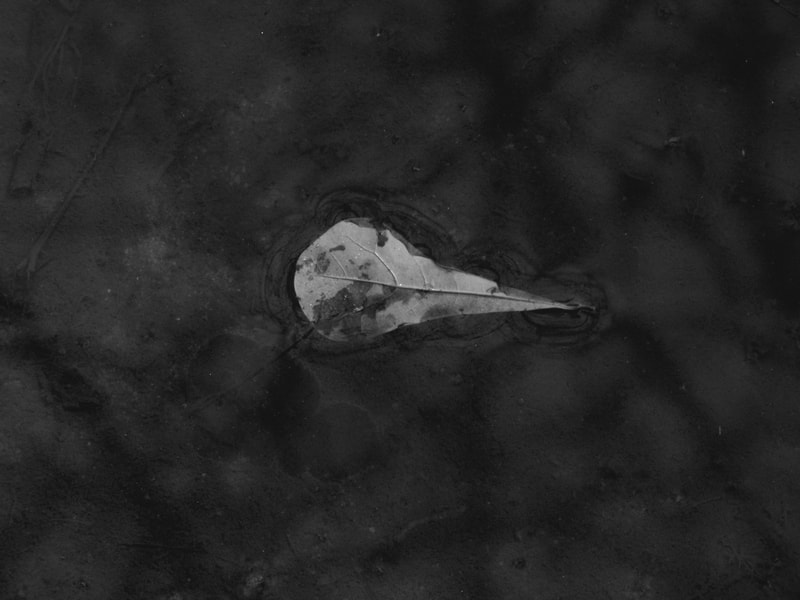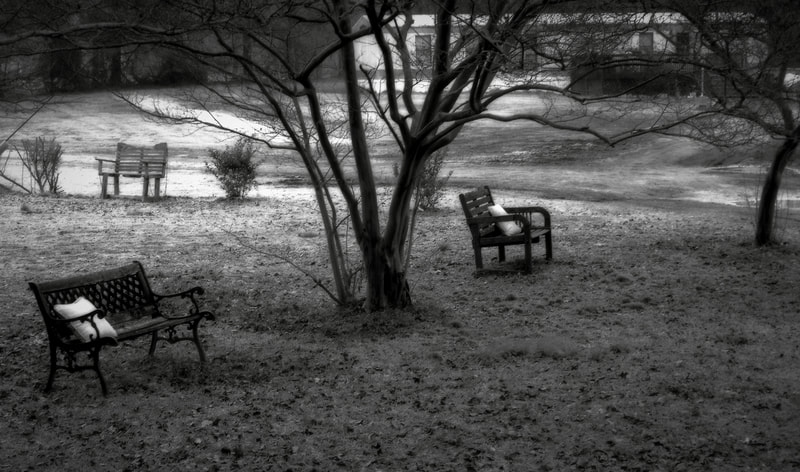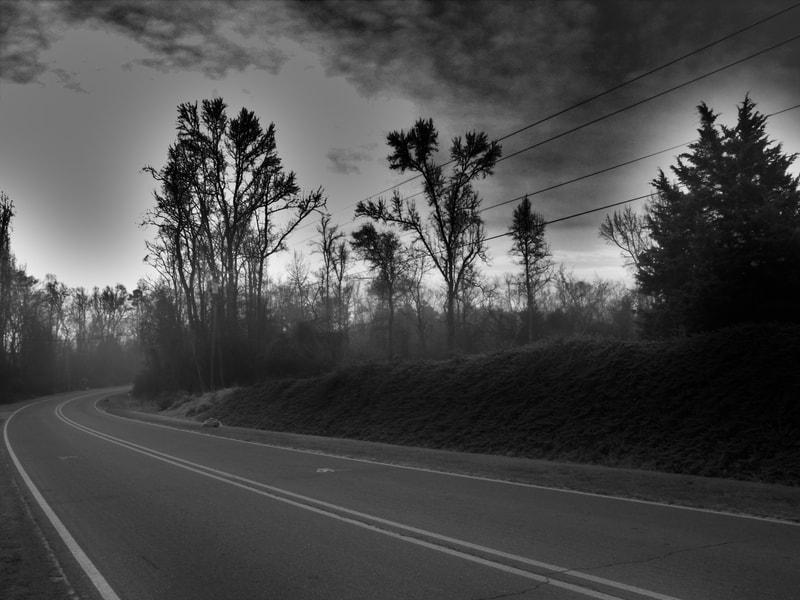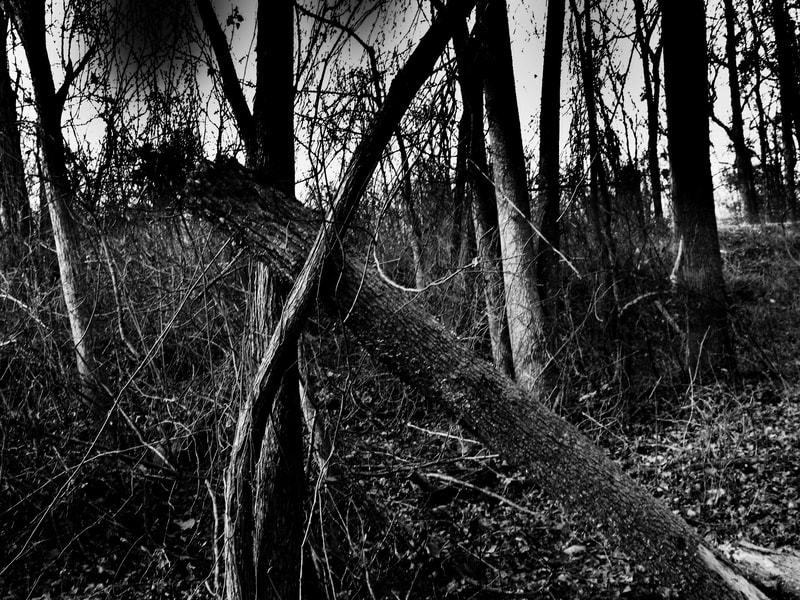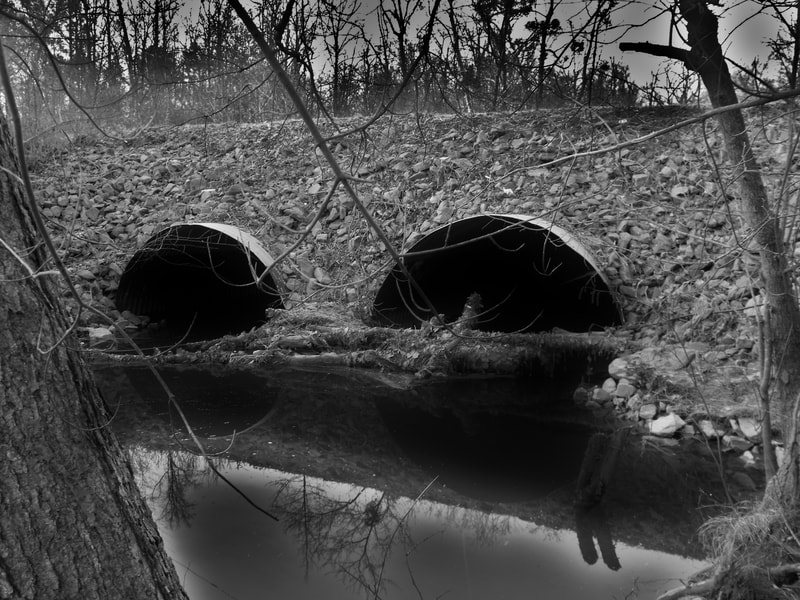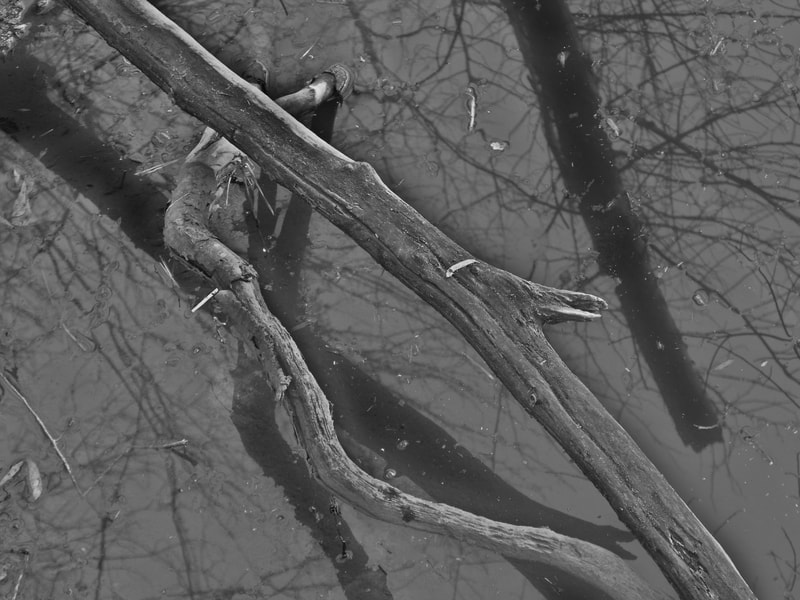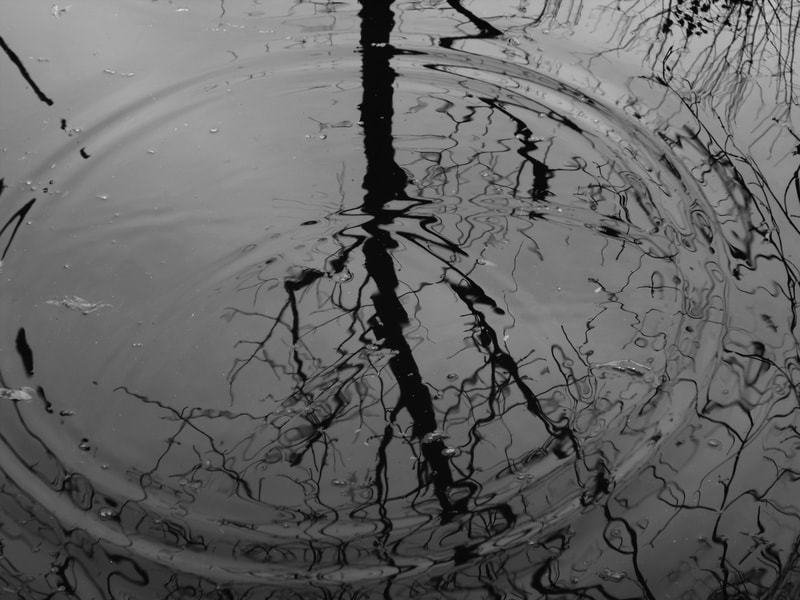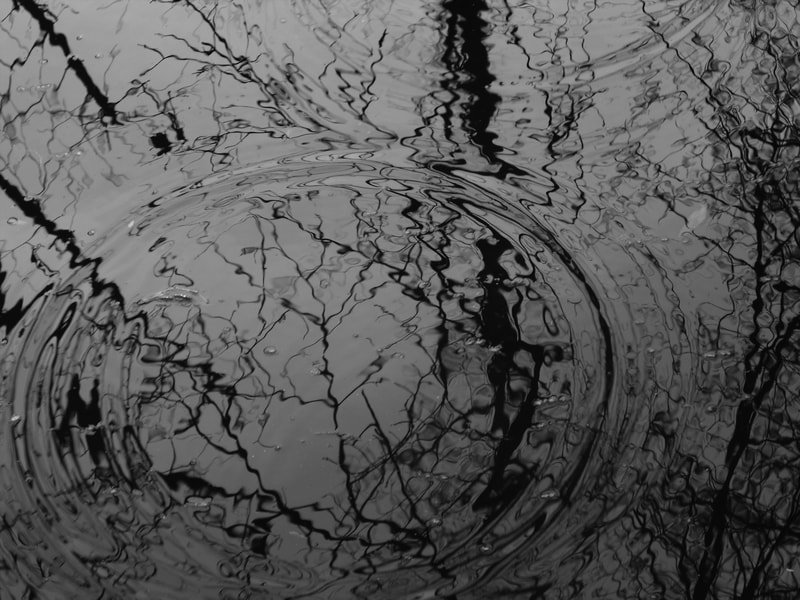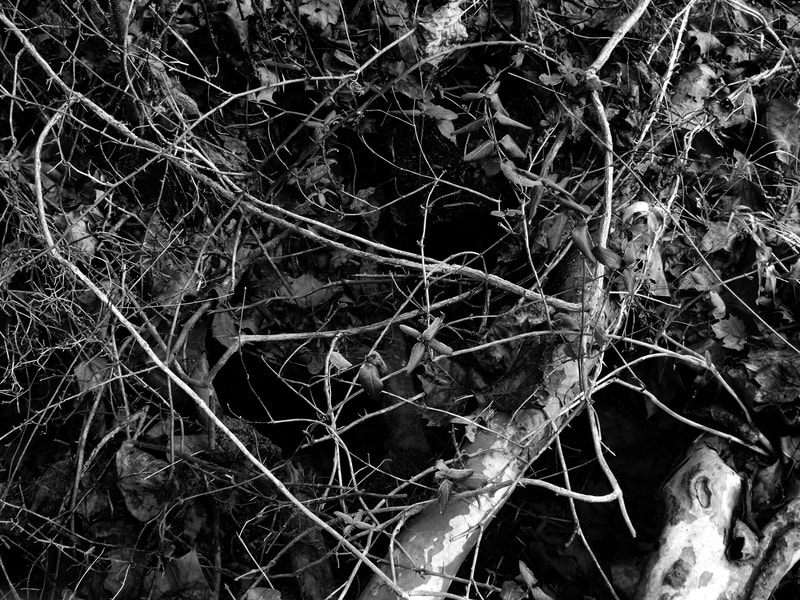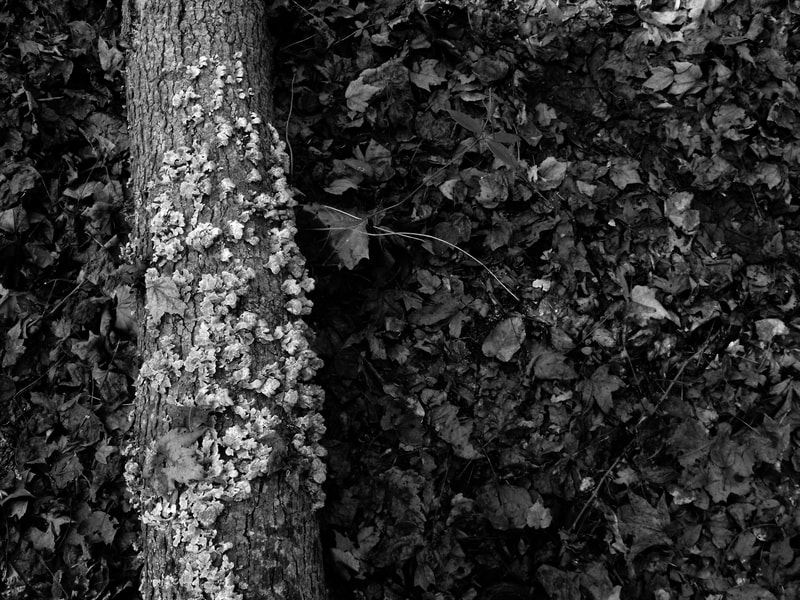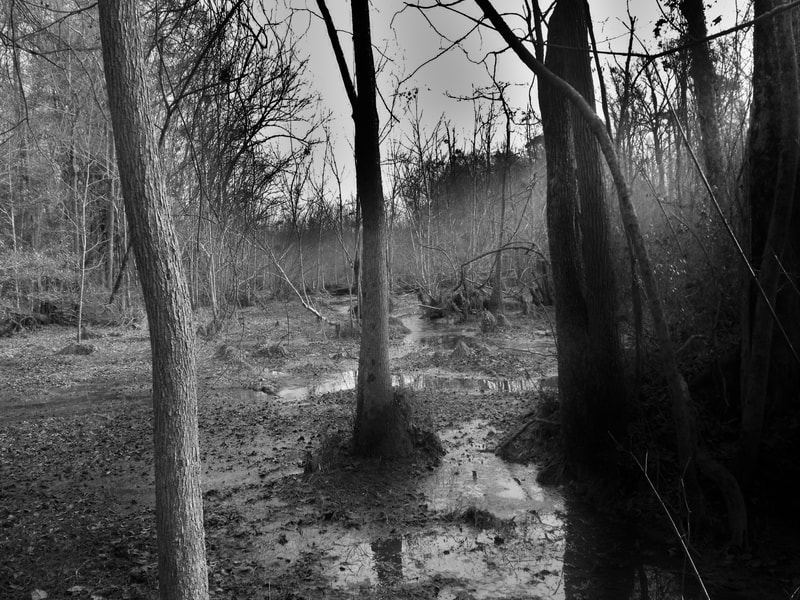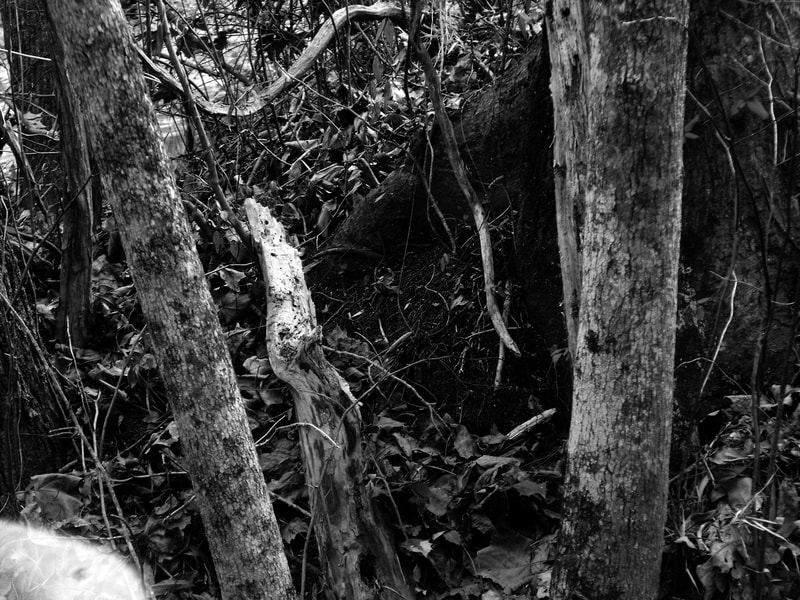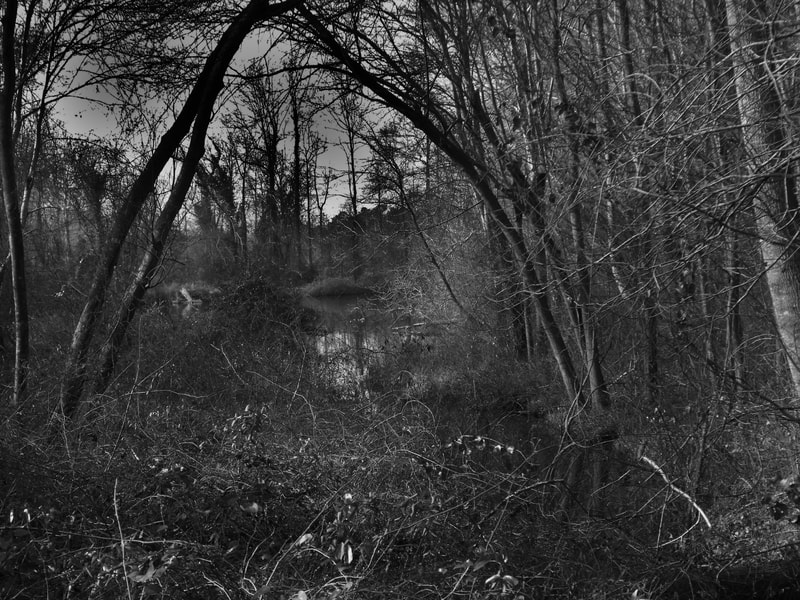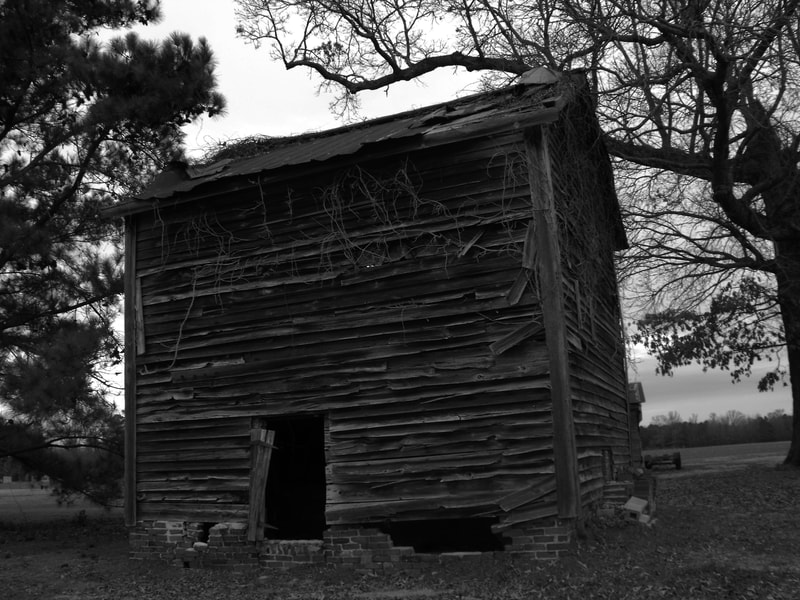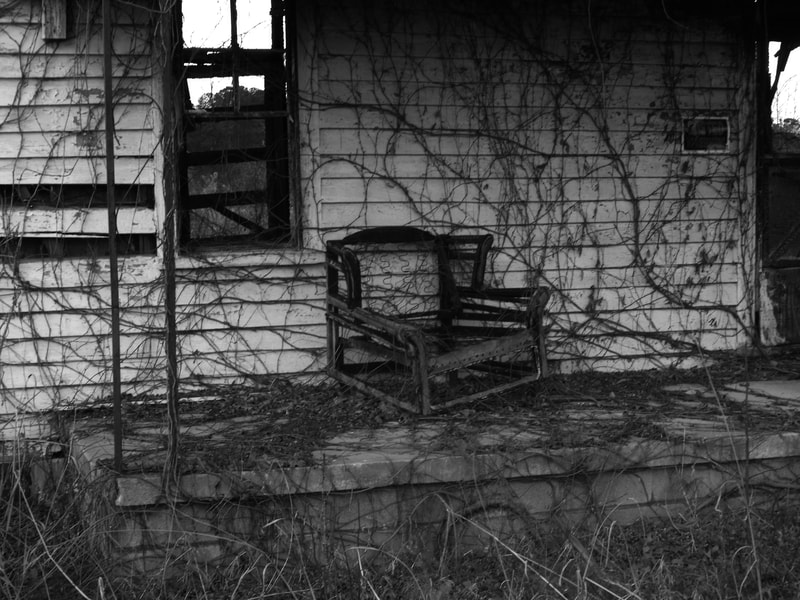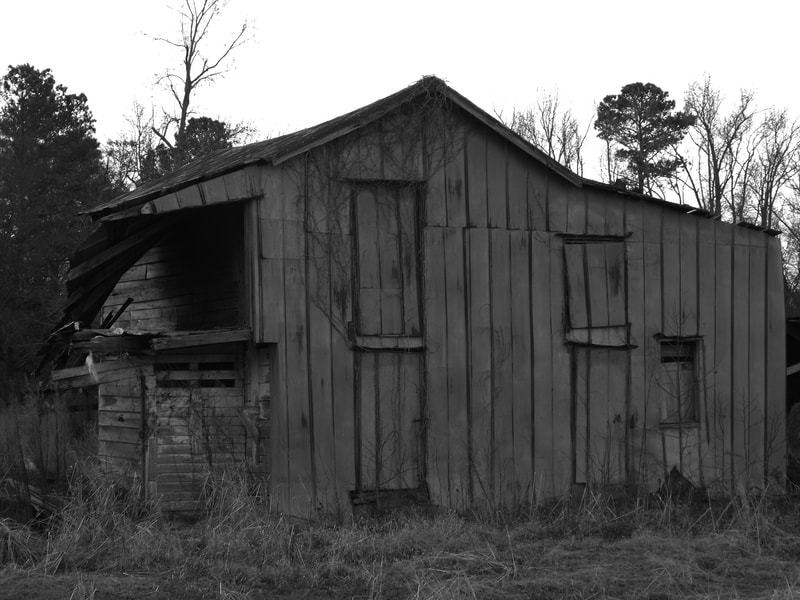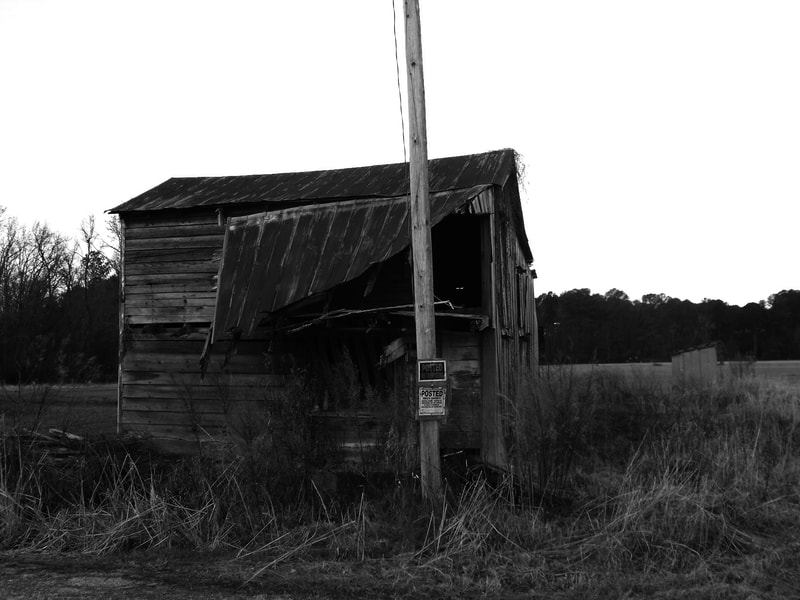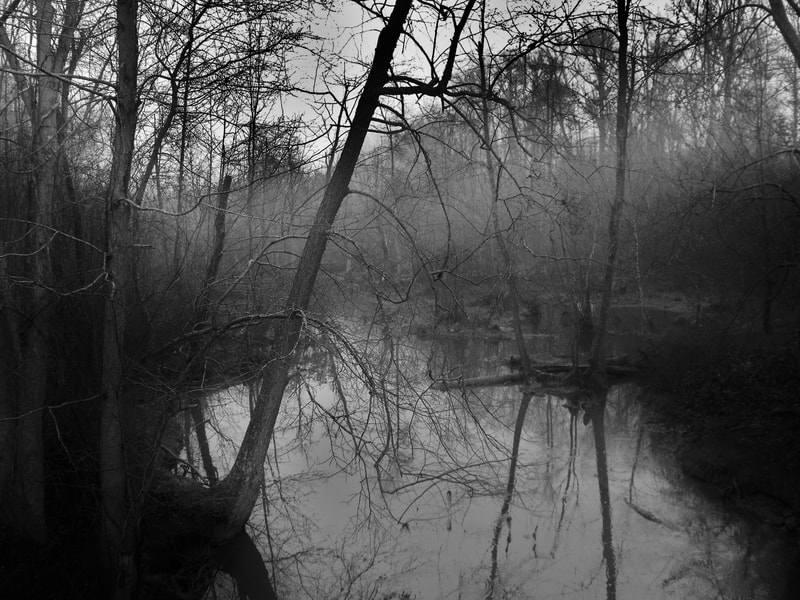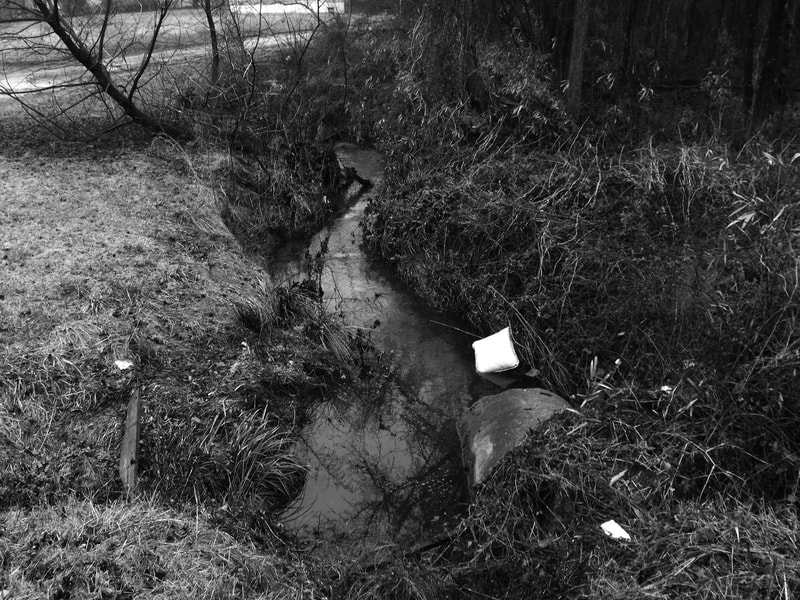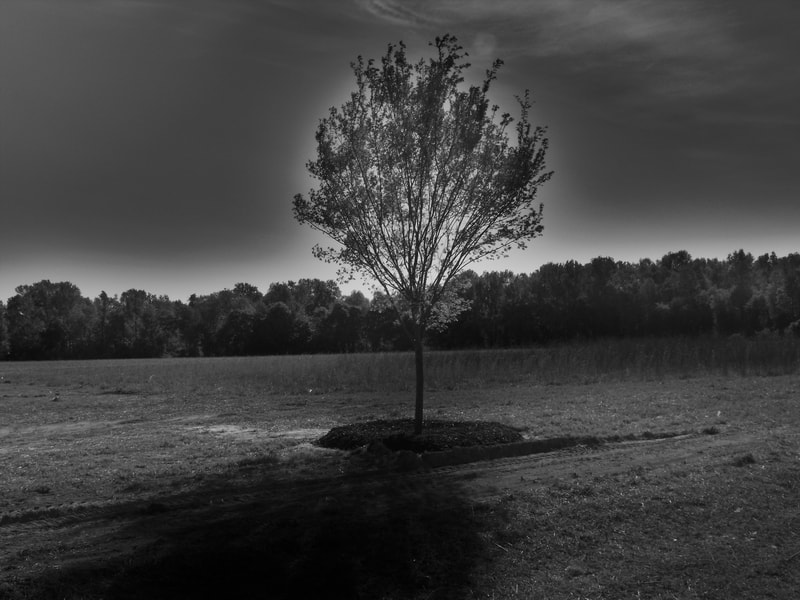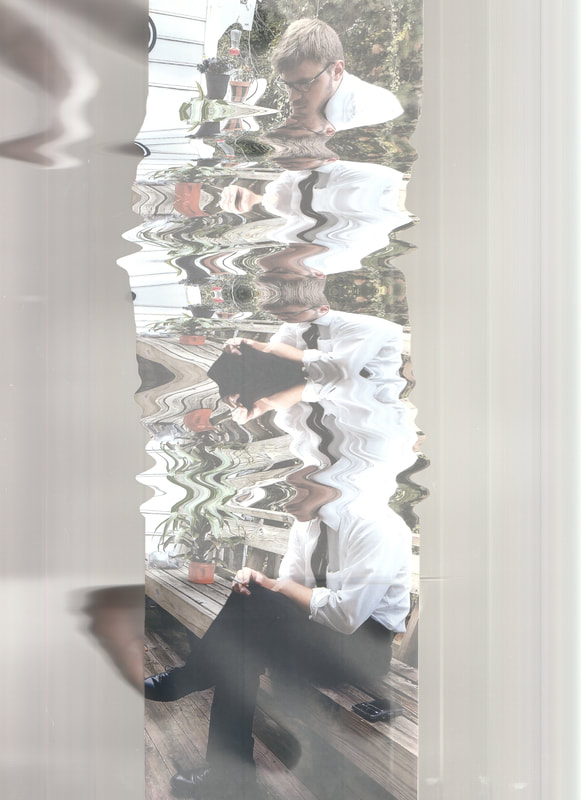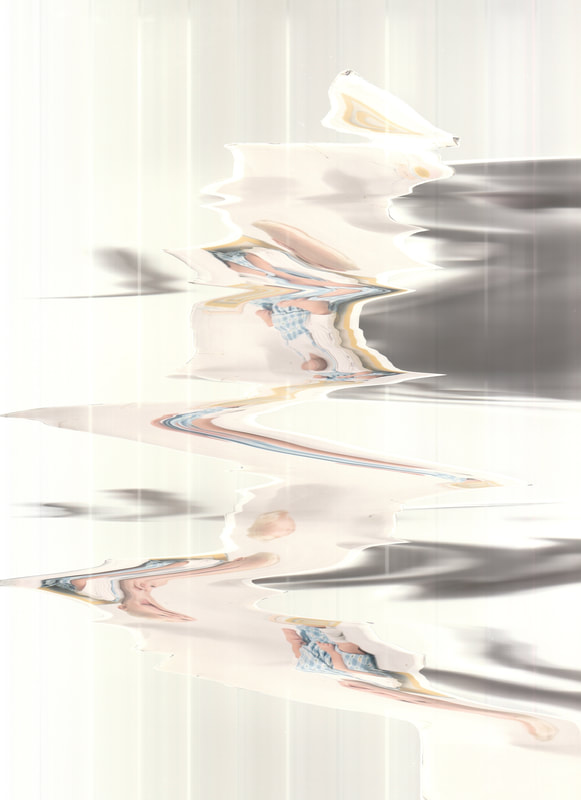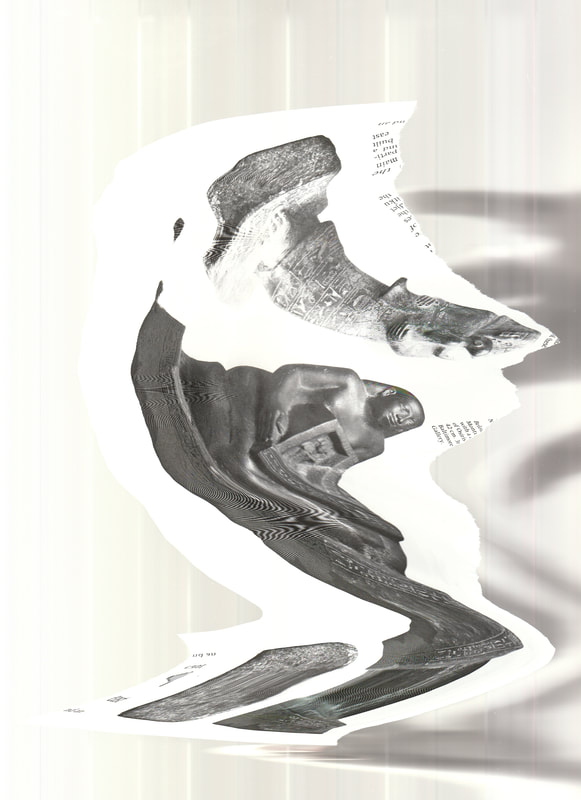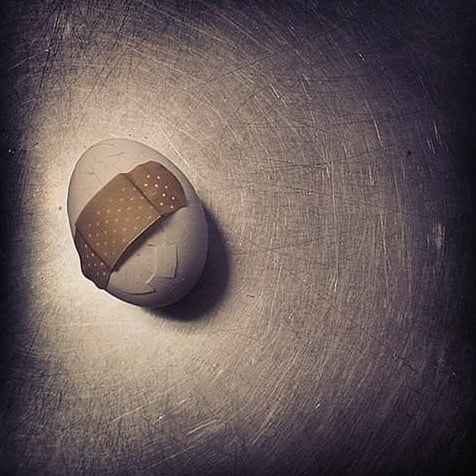introduction
Below I have included other visual projects that are either smaller in scale, or less likely to be shown on my Instagram profile.
I do still have experimental polaroids for sale. For a catalog of works that are still available from that series and pricing information please email me here.
For those of you interested in getting into the amazing world of instant photography, I cannot recommend Polaroid enough. I use Polaroid film and cameras exclusively for my instant photography work. First time buyers from the Polaroid website are eligible for a 10% discount on their first order by clicking this link. In addition to the discount you will also be helping me gain points to purchase film, cameras, and more.
I am happy to share my techniques with anyone who is curious. The manipulation of polaroid film has been around as long as polaroid itself has been. Artists such as Robert Rauschenberg, Andy Warhol, Ralph Steadman, and Robert Mapplethorpe have all experimented with the polaroid formula. Continue the tradition.
Memorial Triptych for Dr. Aaron Richard Green
This is a triptych of experimental polaroids that I created in the memory of my friend, Dr. Aaron Richard Green. He passed away in January of 2021.
Plethora Magazine Issue 12 (Spring 2022): Of Patterns and Fragments
Fourteen of my Experimental Polaroids (no.'s 116, 71, 50, 29, 115, 148, 103, 125, 13, 32, 82, 53, 138, and 80) were featured in issue 12 of Plethora Magazine, alongside an article titled "PAREIDOLIA: Tracing the Contours of Familiarity" by Metha Reis-Nordentoft. Information regarding the issue can be found here.
About the Polaroids, Metha Reis-Nordentoft says the following in their article:
About the Polaroids, Metha Reis-Nordentoft says the following in their article:
In Kristopher Biernat's experimental Polaroids, we see teardrop-shaped figurations branching into fractals and imprints that resemble a jumble of fingerprints. Our eyes can lose themselves in the patterns as if they were a landscape, a labyrinth. But suddenly the whole picture looks like a screaming face, brightly lit by something outside the picture.
Biernat's abstract Polaroids are reminiscent of the work of experimental film artist Bill Morrison, who composes old partially dissolved nitrate films into new works. In Morrison's work, the inherent materiality of film comes to the fore. The otherwise transparent medium, celluloid, bursts into colour and abstract patterns as it weathers. In other words, in its own decomposition, new images emerge with a renewed aesthetic quality. In Morrison's films, the old, captured images- the film scenes- are glimpsed 'beneath' the new aesthetic of decay. It is as if the two image forms are fighting each other. Morrison's films are like preserved ruins where decay is frozen at its most beautiful stage, where the history of the building can still be seen but it has simultaneously acquired a new aesthetic relevance in its new abstract form.
In Biernat's Polaroids, abstraction has taken over, and the many associations that arise from the images are harder to grasp. They slip away, like the eyes in the wooden ceiling. But the haptic experience remains. The eyes glide over the Polaroid, sending nerve signals to the fingers as if you were touching the structure of the image with your sight.
The marvel of pareidolia is the possibility it holds to be able to waver back and forth between seen and unseen. Our vision can be adjusted to see only the tree but, if we want to, also see the face twisting towards us.
The Evergreen Review, FW 2020
In 2020 I was shocked to find an email from Joy Garnett asking me to send her some of my experimental polaroids for inclusion in the F/W 2020 issue of the legendary Evergreen Review. These are the pieces that were included, paired with some amazing poetry by Kathleen Hellen. I have also included the cover to that issue.
"i am the roller", 2022
This is a series of polaroids that never entered the camera. I took the film directly from the pack and applied pressure manually as the rollers in the camera would have while exposing the film to a variety of colored lights.
"i am the roller 2," 2023
This is a continuation of the previous series of polaroids that never entered the camera. I took the film directly from the pack and applied pressure manually as the rollers in the camera would have while exposing the film to a variety of colored lights.
cloudbursting, 2023
This is a triptych of polaroids that combine my two ongoing series: the experimental polaroid series, and the Sunday sky series.
Nuclear Decay, 2019
This is a series of images based on the famous photograph "Mushroom Cloud Over Nagasaki" by Lieutenant Charles Levy, taken August 9, 1945. The base image (immediately below) is my personal printout of the original photograph. While in Sanibel, Florida (November 2019) I made six copies of this image on cheap card stock, using a low quality printer, intending to use them for another project. However, once I retrieved the copies, I discovered that the paper had not soaked up the ink. With a paper towel I began to wipe away the excess ink, spending more time and pressure on each subsequent image, causing each to be more muddied and unrecognizable than the last.
The Broken Digital Archive (2020-20XX)
The Broken Digital Archive is comprised of digital images taken with a cheap camera. These images were later edited (using GIMP software) until the image "broke", or became essentially un-editable. I will be adding to this archive as I produce more of these images.
CAROLINA LOST
These photographs were taken in black and white from 2015-2017, while I lived in and around Goldsboro, North Carolina. The photographs were presumed lost until they were rediscovered, then edited, while living in Orlando, Florida (later in Fort Myers and Cape Coral, Florida, as well) during 2019/2020. I go into further depth about the history behind some of these photos on my Instagram.
Scanner Manipulations, 2020-20XX
Silence: One and Silence: Two, 2020
Throughout the first half of 2020 I tired to remain quiet about the numerous disasters that were plaguing society. Slowly, that silence began to eat away at me as an individual. Throughout Silence: One, and Silence: Two I tried to capture how silence can eat away at a person. The images in Silence: One were created by manipulating a sheet of paper as I scanned it. The images in Silence: Two were created by crumpling and unfolding a sheet of paper multiple times, scanning it each time I uncrumpled it.
